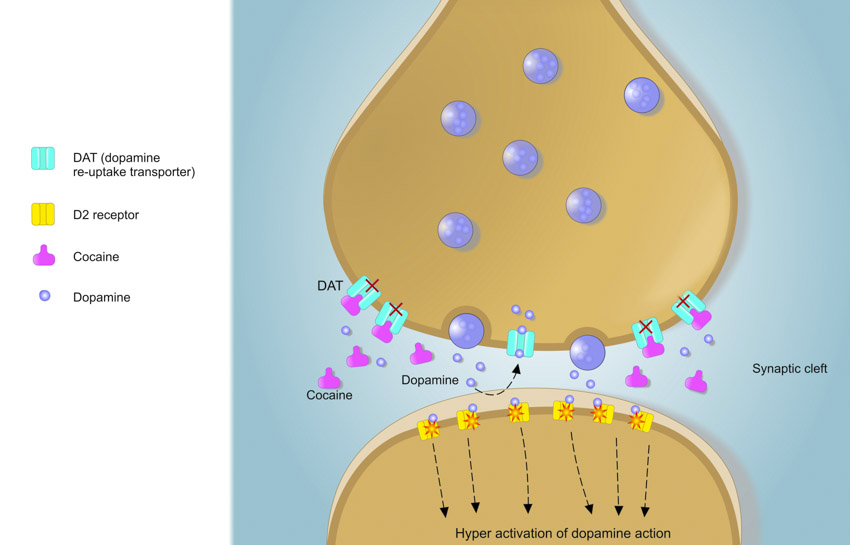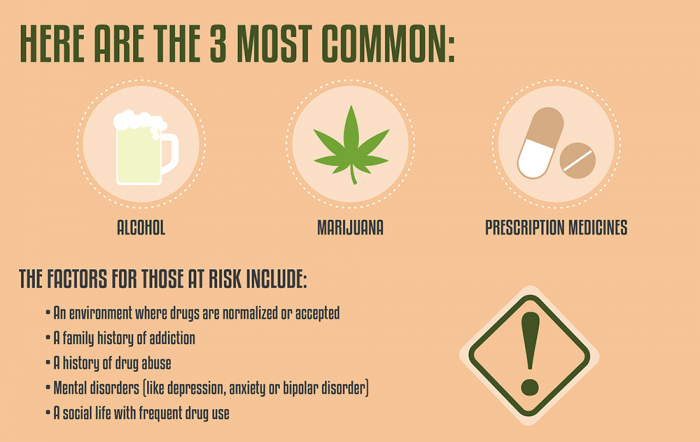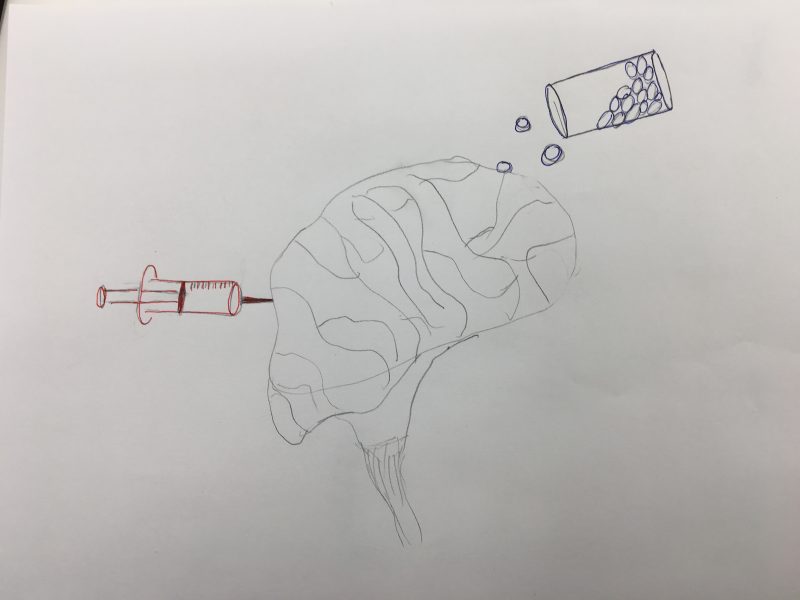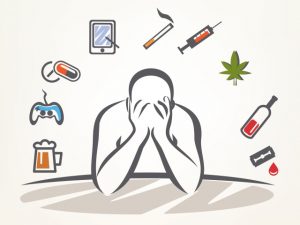What is Addiction?
Addiction is a condition that is caused by an individual using a substance or behavior for the rewarding effects that compel them to continuously repeat the activity despite it being harmful to them. Common substances that induce addictive effects include opioids, cocaine, nicotine, and alcohol, and behaviors such as gambling and video games can be addictive. These substances and behaviors have been scientifically proven to activate pathways in the brain related to reward and reinforcement, and most of them involve the neurotransmitter dopamine. Addiction also affects the brain’s executive functions, so some people who suffer from the disorder may not realize that they are harming themselves or others around them.
The cause of addiction stems from the first initial use of the substance or behavior, but there are many other factors that contribute to the continual use and eventual addiction. Genetic and biological factors contribute to the susceptibility of individuals to the condition, but social, psychological, and environmental factors have been shown to be the most powerful contributors. As many doctors like to say, with any disease, genetics loads the gun, but environment and behaviors pull the trigger.
A Link Between Stress and Addiction
There is an interesting link between stress and addiction. Stress is a known risk factor of addiction along with risk of relapse. The correlation has been assumed for decades, and has recently been proven scientifically through sophisticated human brain imaging and cross examination with other laboratory methods. These studies have shown a correlation between stress and craving and their link to the brain regions responsible for reward and addiction risk.
Stress – The Good and the Bad
Stress is a very broad term that needs some defining before we dive deeper into the link between it and addiction. Stress is defined as a process involving perception and response to a harmful or challenging event or stimulus. Stress responses are meant to be an adaptive response to regain homeostasis. Examples of stressors include loss of relationship, death of a family member, food deprivation, insomnia, and binge use of psychoactive drugs.
Stress is mostly associated with bad and harmful situations, there is also “good stress.” Good stress refers to stimuli that are moderately difficult to deal with, and if the individual handles the situation well, they generate a feeling of mastery, and are usually perceived as pleasurable. However, as intensity of the stimuli increases and is prolonged, the less control an individual has on the situation, and usually the sense of accomplishment and mastery decreases. This can increase the stress response, which as we will see, increases the susceptibility for addiction or relapse.
Three Groups at Risk
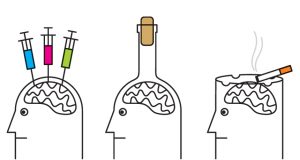
The most widely accepted and common association between stress and addiction is that drugs are used as a coping strategy to deal with stress or to self-medicate. There is sufficient evidence to this theory, and it can be categorized into three types. The first type involves adolescents experiencing negative life events such as loss of a parent, parental divorce, or a single parent family. The second type involves trauma and maltreatment, such as childhood sexual and physical abuse. The third type includes lifetime exposure to stressors and the impact is has cumulatively. These stressors are mostly unpredictable events, such as victims of gun violence, loss of parent, or natural disaster. Unsurprisingly, it has been found that the more of these uncontrollable events an individual experiences in their life, the more likely they are to become addicted to a substance or relapse, despite factors such as race, gender, or family history of drug abuse.
Brain Pathway Disfunction
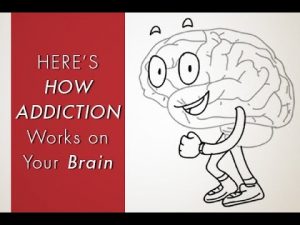
Scientists have also studied neurobiological mechanisms explaining the effect stress has on addiction. Drugs of abuse such as alcohol, nicotine, and opioids all activate dopamine pathways, which is associated with higher craving. Additionally, stress exposure increases dopamine release. Because both stress and drug abuse both activate similar brain pathways, they both result in changes to neuronal synapses, enhancing the effect of each.
A Vicious Cycle
The link between stress and addiction creates a vicious cycle because they both feed into each other. The more stressed someone is, the more likely they are to abuse drugs, and drug abuse itself creates a very stressful environment for the body. They best way to avoid addiction is simply to never try drugs in the first place, but that can be easier said than done with social pressures and acceptance of drug use in pop culture. In our increasingly fast paced world, stress is tough to avoid, so staying stress and addiction free really comes down to making healthy decisions in all aspects of life.
Images:
https://www.google.com/search?safe=off&biw=1082&bih=565&tbm=isch&sa=1&ei=WXrrW-uCJY6ksAXRxqmYAw&q=stress+and+addiction&oq=stress+and+addiction&gs_l=img.3..0j0i24l4.236183.238454..238624…0.0..1.163.1953.14j6……1….1..gws-wiz-img…….0i67j0i8i30.W3_prnFKycU#imgrc=LojOaK9Nh8DJbM:
https://www.google.com/search?q=dopamine+and+addiction&safe=off&source=lnms&tbm=isch&sa=X&ved=0ahUKEwiz7e7a3dLeAhVxmK0KHY4WC-cQ_AUIFCgC&biw=1082&bih=614#imgrc=eo551pZVRyzTIM:


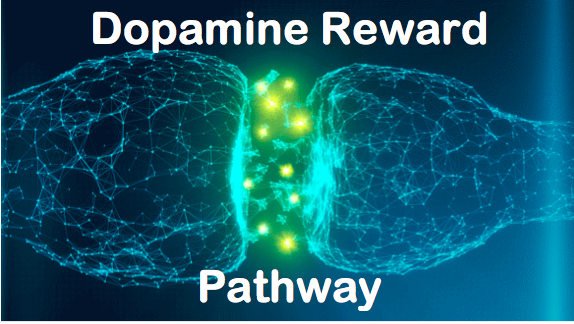
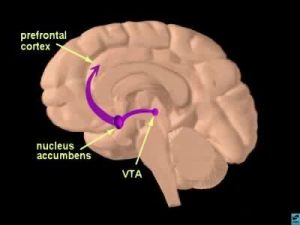 The human brain is capable of many complex memories and emotions all driven by chemical interactions and signaling in distinct brain regions. In response to experiences like eating food, sleeping, or having sex a portion of the brain called the reward pathway is activated. This pathway creates lasting memories connecting certain activities with the feeling of reward and encouraging repetition of the behaviors. Activation of this pathway takes place in the ventral tegmental area (VTA) which projects to the nucleus accumbens (NAc), with signals propagated by the release of the neurotransmitter dopamine. Dopamine creates the feelings of euphoria and energy and function to remind our brains to do things that help us survive.
The human brain is capable of many complex memories and emotions all driven by chemical interactions and signaling in distinct brain regions. In response to experiences like eating food, sleeping, or having sex a portion of the brain called the reward pathway is activated. This pathway creates lasting memories connecting certain activities with the feeling of reward and encouraging repetition of the behaviors. Activation of this pathway takes place in the ventral tegmental area (VTA) which projects to the nucleus accumbens (NAc), with signals propagated by the release of the neurotransmitter dopamine. Dopamine creates the feelings of euphoria and energy and function to remind our brains to do things that help us survive.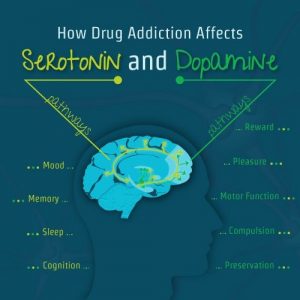 However, when addictive drugs are involved in this brain circuitry and dopamine levels are unnaturally raised the reward pathway is overthrown. A large euphoric high along with the connection of drug using behaviors with the reward leads to what we know as addiction and drug seeking behaviors. Addictive drugs act in different ways in the brain, but all function to make more dopamine available to activate the neurons in the NAc and signaling to the frontal cortex.
However, when addictive drugs are involved in this brain circuitry and dopamine levels are unnaturally raised the reward pathway is overthrown. A large euphoric high along with the connection of drug using behaviors with the reward leads to what we know as addiction and drug seeking behaviors. Addictive drugs act in different ways in the brain, but all function to make more dopamine available to activate the neurons in the NAc and signaling to the frontal cortex. The stress pathway can add to the dopamine levels in the reward pathway and compound drug-seeking behaviors in addiction. The release of dopamine driven by glucocorticoid hormones functions to increase the euphoric sense and desire to return to the behavior triggering the reaction. In an experiment done on rats addicted to cocaine, after being given a small amount of cocaine as a trigger, rats with excess stress hormones or an external stressor showed more signs of relapse than those that did not have increased stress levels.
The stress pathway can add to the dopamine levels in the reward pathway and compound drug-seeking behaviors in addiction. The release of dopamine driven by glucocorticoid hormones functions to increase the euphoric sense and desire to return to the behavior triggering the reaction. In an experiment done on rats addicted to cocaine, after being given a small amount of cocaine as a trigger, rats with excess stress hormones or an external stressor showed more signs of relapse than those that did not have increased stress levels.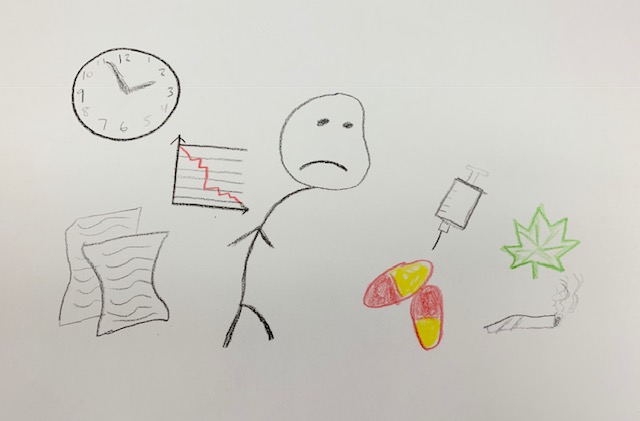


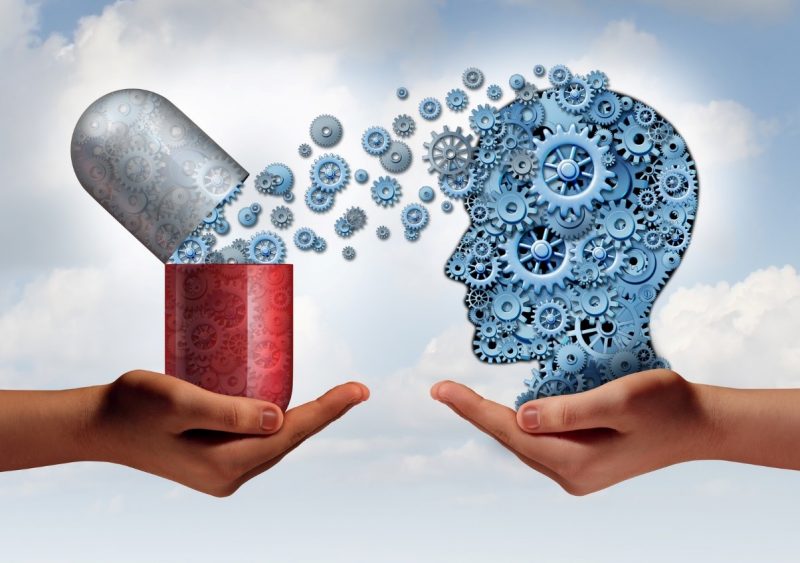
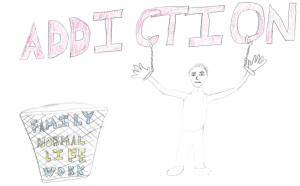
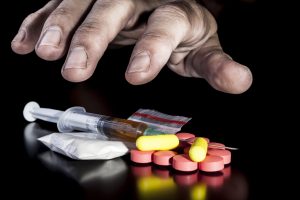
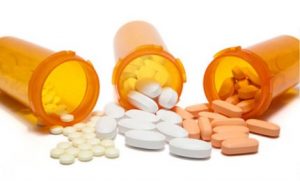
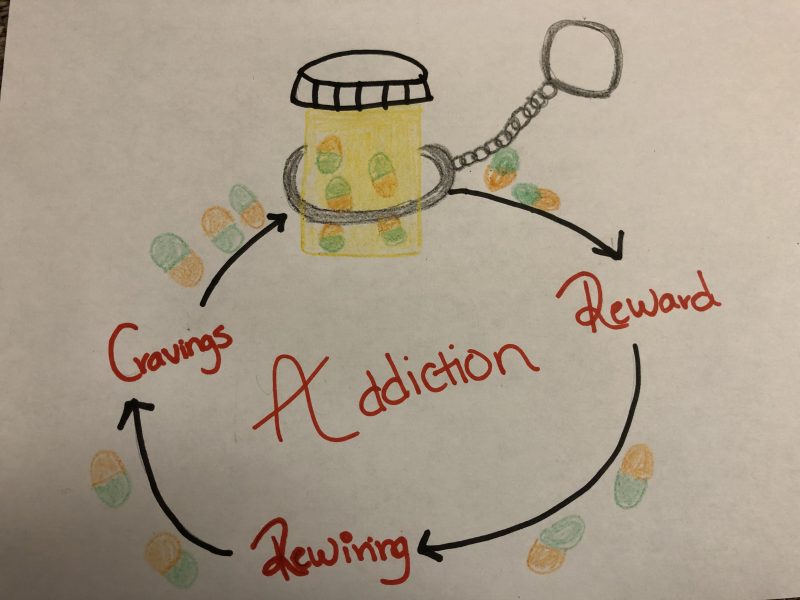
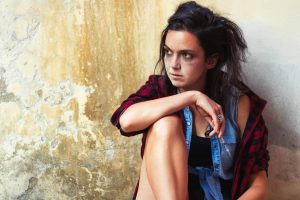
 dopamine in the frontal cortex, the nucleus accumbens, and ventral tegmental area increase, and give the person a sense of euphoria. Drugs of abuse have a way of making this euphoria or “high” last for a prolonged time. Cocaine, for example, blocks dopamine re-uptake thus causing the reward to stay in a person’s system for longer. When a drug of abuse is taken for a long time the amount of dopamine decreases, and the “high” decreases. The individual will begin to crave their drug of choice, and if they are unable to gain access to that drug they will begin to experience withdrawal. To satisfy their cravings, due to the rewiring in the brain, a person will take more of their drug of abuse in order to experience a high, and without even noticing the person has become ADDICTED.
dopamine in the frontal cortex, the nucleus accumbens, and ventral tegmental area increase, and give the person a sense of euphoria. Drugs of abuse have a way of making this euphoria or “high” last for a prolonged time. Cocaine, for example, blocks dopamine re-uptake thus causing the reward to stay in a person’s system for longer. When a drug of abuse is taken for a long time the amount of dopamine decreases, and the “high” decreases. The individual will begin to crave their drug of choice, and if they are unable to gain access to that drug they will begin to experience withdrawal. To satisfy their cravings, due to the rewiring in the brain, a person will take more of their drug of abuse in order to experience a high, and without even noticing the person has become ADDICTED.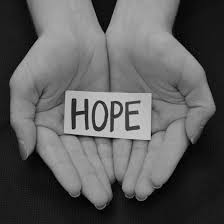

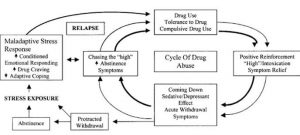
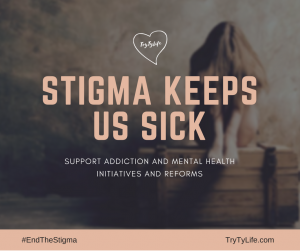
 Addiction occurs when a person is physically and mentally dependent on a specific substance. Most the time, the substance is a drug. Drug addiction has always been depicted as a choice. From the outside, it has always seemed that getting rid of an addiction should be as easy as stopping the intake of the drug. However, research into drug addiction has shown that it is actually a disease of the brain. Drugs alter a very important pathway in the brain called the reward pathway by blocking the reuptake of signaling molecules, thus increasing reward signaling. Altering this pathway creates long lasting changes in the addict’s brain, which makes it very difficult for addict’s to stop their drug intake.
Addiction occurs when a person is physically and mentally dependent on a specific substance. Most the time, the substance is a drug. Drug addiction has always been depicted as a choice. From the outside, it has always seemed that getting rid of an addiction should be as easy as stopping the intake of the drug. However, research into drug addiction has shown that it is actually a disease of the brain. Drugs alter a very important pathway in the brain called the reward pathway by blocking the reuptake of signaling molecules, thus increasing reward signaling. Altering this pathway creates long lasting changes in the addict’s brain, which makes it very difficult for addict’s to stop their drug intake. Dopamine binds to dopamine receptors in the synaptic space, which stimulates the neuron, creating the pleasurable sensation. Once the action potential that releases the dopamine is over, dopamine is removed from the synaptic space back into the transmitting neuron via a dopamine transporter. This ensures that the reward is cognitively linked to the stimulus.
Dopamine binds to dopamine receptors in the synaptic space, which stimulates the neuron, creating the pleasurable sensation. Once the action potential that releases the dopamine is over, dopamine is removed from the synaptic space back into the transmitting neuron via a dopamine transporter. This ensures that the reward is cognitively linked to the stimulus.